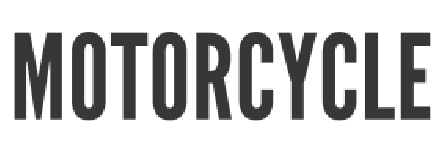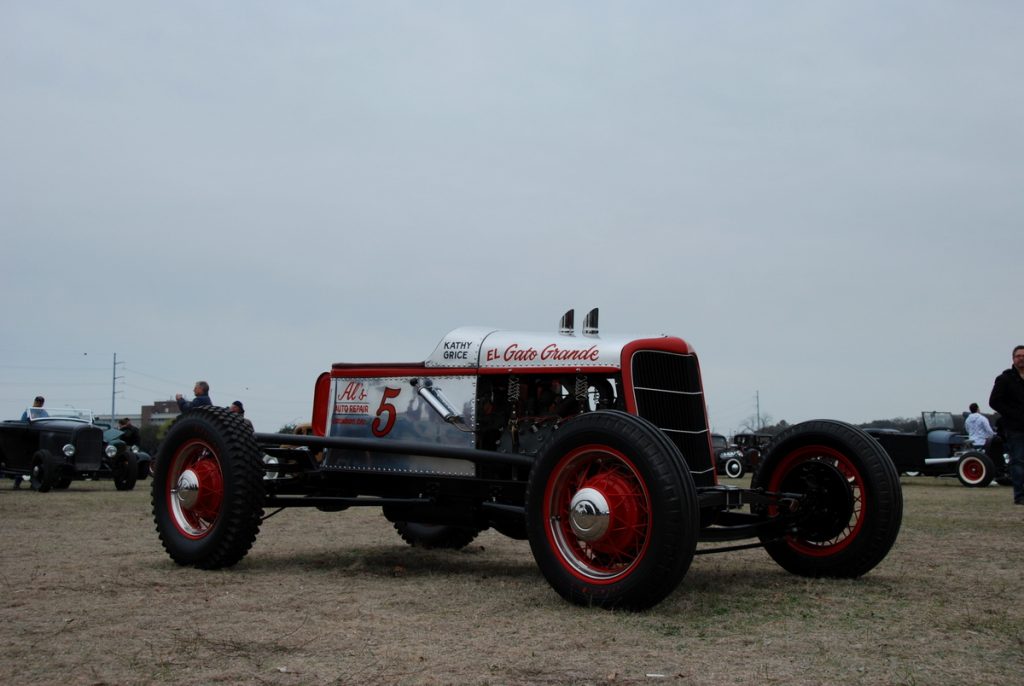If there is one thing that is commonly misunderstood or downright unknown by consumers in the insurance industry, it is the concept of "time on risk".
One of the fundamental premises of insurance is the "promise to pay", the idea that when an insurance contract is signed, the insuree will pay the premium. Insurance contracts are established on an annual basis, quite often set up on a monthly payment plan. When an insuree does not make a monthly payment or the renewal date passes and a payment isn't made, notification is sent to the insuree.
Of course, things in life happen and people make mistakes, forget to pay that bill or other such circumstances. There is a certain grace period for missing a payment, but if the financial obligation is not met, the cancelallation process begins, a registered letter is sent and the insuree is no longer covered by their policy.
This is where we get to the meaning of time on risk. The insurer had you covered and was going on the premise that you would pay, waiting for such payment to be made while you were protected by their policy. After the grace period, they now must assume that you either do not want to be insured anymore or can no longer uphold your part of the contract to pay for the service and they officially cancel your policy.
"Time On Risk" is the period from which you last made your monthly payment, or your official renewal date in the case of a yearly payment plan, up to the point when you are officially cancelled. Under the premise of the insuree wanting to be insured and promising to make payment, they are obliged to pay the cost of that period as "time on risk".
Oddly, despite it's importance, time on risk is not a well known concept and subsequently can be problematic for many people, particulalry when it comes to the financial side of insurance. It is the reason we advise people to deal with a payment issue immediately, even if the amount can't be paid right away. Better to work out some terms or settle the payment delinquincy with the insurer than wait until it gets to the cancellation stage.














